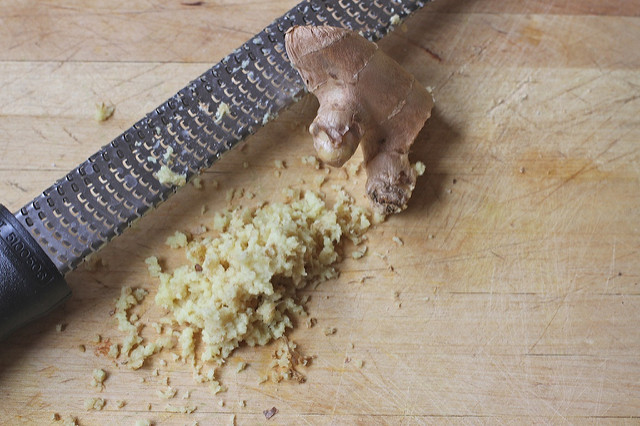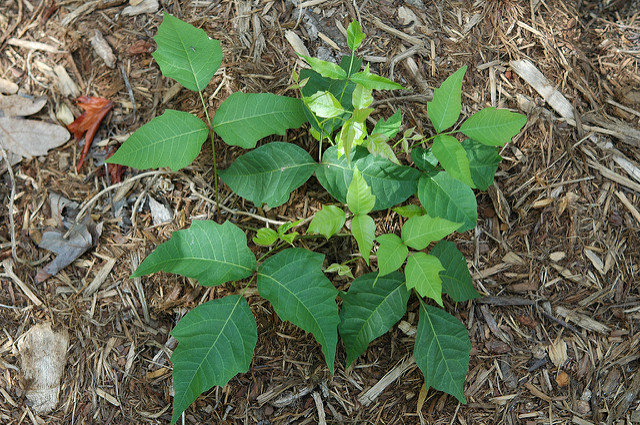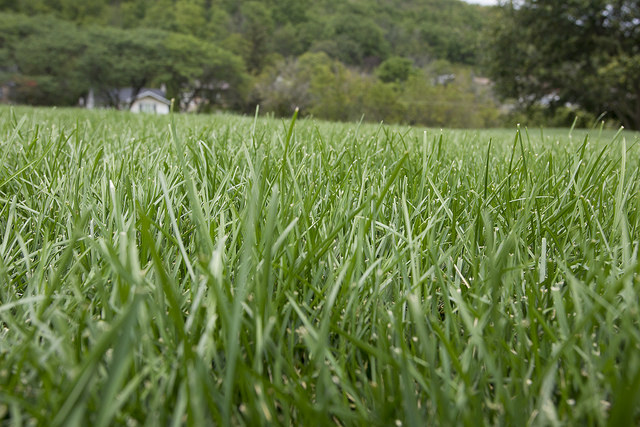Rhizomes: The Root of the Question
What Are “Creeping” Plants?
Though many of us understand the concept of creeping plants, do we really understand what makes them creep? At one point or another, most of us have probably experienced some amount of frustration due to a plant that you can’t quite rid your garden of, or an area that keeps growing grass no matter how hard you try to prevent it. This is likely the result of rhizomes.
What Are Rhizomes?
Rhizomes are a type of plant root that grows just below the surface of the ground. They grow horizontally and often move quickly. They have nodes that grow shoots towards the surface to continue new plant growth. These nodes also grow roots below the surface to ensure access to moisture and nutrients. Rhizomes are thick root-like stems that are able to store nutrients like carbohydrates and protein. The storage capabilities of rhizomes are actually what allows perennial plants to survive underground during the unfavorable months.

Spicing It Up
Some of the most common examples can be found in your kitchen. Spices like ginger or turmeric are actually rhizomes. And, when you enjoy a cold one on a hot day, you’ve got to thank rhizomes for growing the hops to make that brew!

Rhizomes Vs. Tubers
Now you may be getting confused between these two. Though the description of both may sound similar, tubers are fatter and have buds and eyes. A great example of a tuber is a potato.
Rhizomes Vs. Bulbs
Though both are grown underground and connected to the stem, bulbs are more round than rhizomes. They have leaves at the top that grow above the ground. Roots protrude below. Garlic and Onions are examples of bulbs.
How Can You Tell?

Creeping plants often grow by rhizomes; it’s the reason they spread so quickly. A good way to correctly identify whether a particular plant will grow this way is if they use the word “creeping”, “reptans”, or “radicans” in either the common or Latin plant names. For example, bugleweed, also known as Ajuga Reptans, is one of the most aggressive ground cover plants that you can find. Other examples are Mazus (Mazus Reptans), Creeping Phlox (Phlox Subulata), and even Poison Ivy (Toxicodendron Radicans). Take a look at this article by The Spruce to see more scientific plant names.
Rhizome Benefits
Though it may seem that a lot of plants that grow by rhizomes are not desirable and are a pain to clear out of your garden, there are some very beneficial plants that grow the same way. Kentucky Bluegrass is a great example of this. Many people love the fact that their grass will continue to grow and fill in bare patches as long as they keep it healthy.

Use Your Knowledge!
Understanding what you are up against may be the first step to eradicating a nuisance or perhaps picking the best ground cover plant. Regardless, it is important to do extensive research to ensure effective gardening! Hopefully you know a lot more about rhizomes having read this article. Happy Growing!
